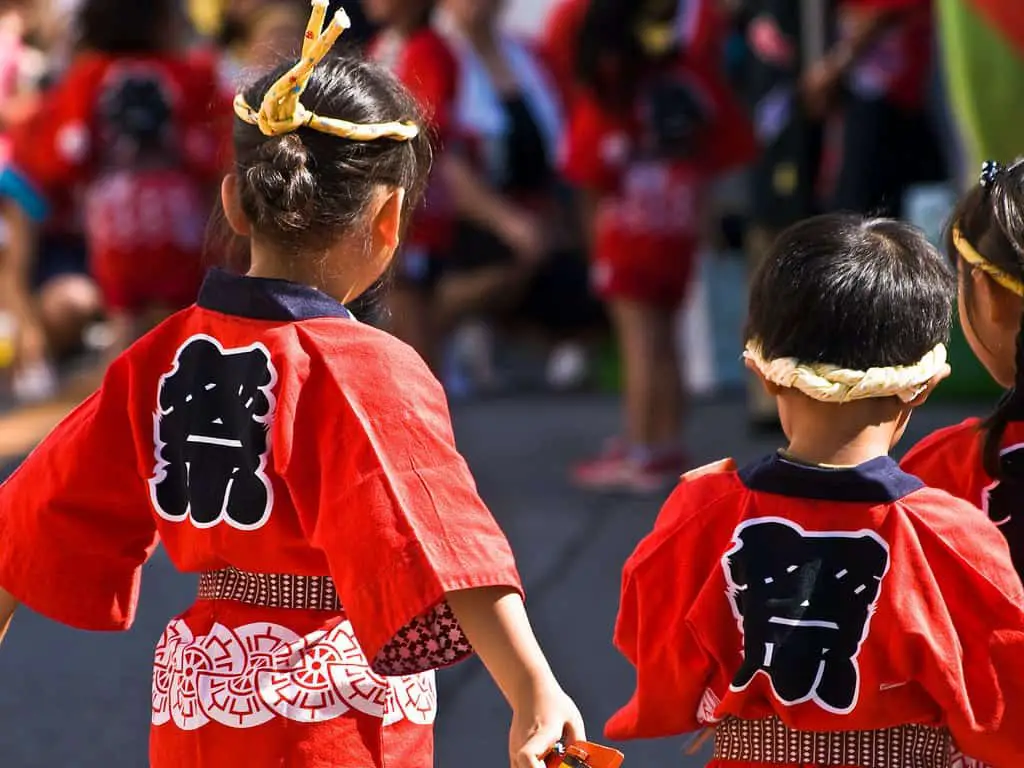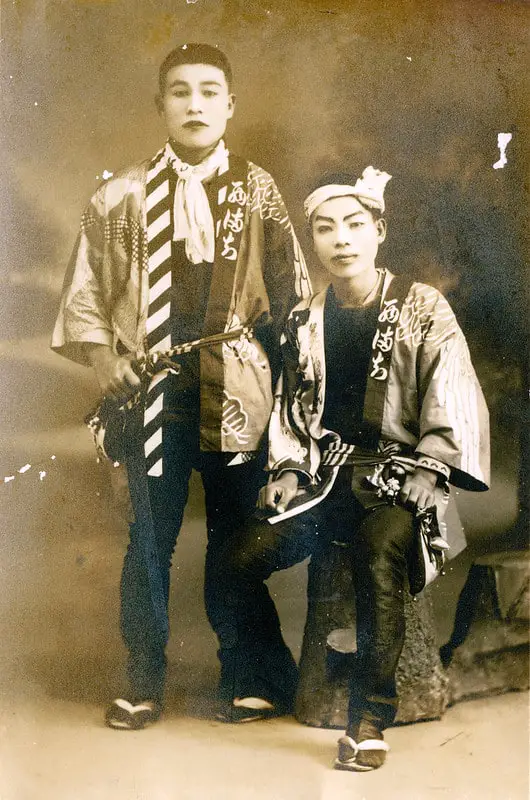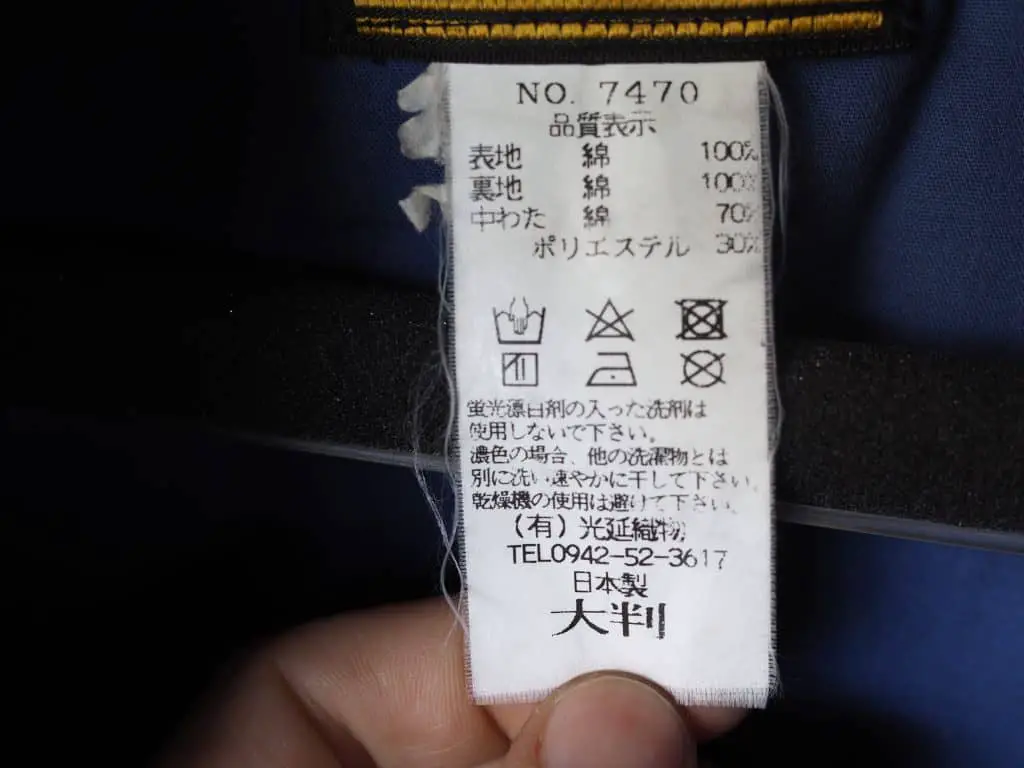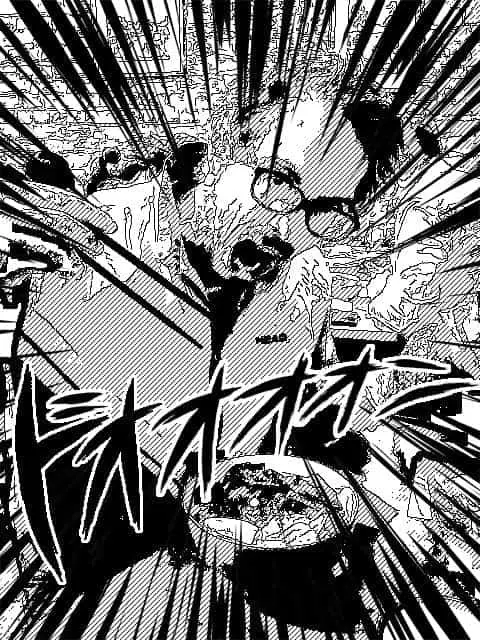Happi Coats
法被
In my years spent living and travelling through Japan, I’ve been able to see, purchase and try wearing many different types of more or less traditional Japanese clothing.
One item that often draws people’s eye is the Japanese Happi Coat (sometimes written as Happy Coat – because the word happi is so close in pronunciation to the English word “Happy”). The happi coats tends to be noticed by those travelling to Japan because they are often worn as brightly colored festival jackets at matsuri events throughout the country. The Happi jacket with Japanese writing are also commonly worn by people spruiking different sales campaigns at the front of retailers. The jackets are generally customised to have the name of the particular company or retailer they are advertising on them.

I’ve also written articles on the closely related Japanese clothing types including jimbei, hanten jackets, samue, kimono for men and kimono fabric, so it might be worth checking those out as well.
Best Traditional Festival Happi Set (Unisex)
A classic happi set with happi coat, obi and tenugui cloth to roll into a headband. This is one of the most popular style of happi you will commonly see around at festivals.
Pros
- 3 – in 1 set
- Quality workmanship
- Classic Festival style
- Character on the back says “Matsuri” – festival
Cons
- Very traditional – not for those look for something unusual.
Best high-end fashion style Happi
Visvim Indigo Denim Happi style kimono top
Half-sleeve garment-dyed non-stretch denim kimono-style shirt in indigo. Shawl collar. Open front. Welt pockets at waist. Partial cotton twill lining. Contrast stitching in white.
Pros
- High end fashion piece
- Classic Denim
- Can be worn in range of contexts.
- 100% cotton.
- Made in Japan
Cons
- Fashion item – with fashion price tag
Best Casual Wear Happi Coat (Unisex)
Casual, yet stylish, long happi coat.
Pros
- Classic “Seigaha” pattern.
- Long cut.
- Understated with no lettering
- Free flowing kimono style
Cons
- Doesn’t come with belt
So What is a Japanese Happi Coat?
Where Does The Word “Happi” come from
The Happi traditional Japanese coat belongs to the larger category of “Haori” 羽織. The verb haoru 羽織る literally means to “put on over the top”. So the word Haori is pretty close to the English word “coat”.
The “Happi” itself has its roots in the coats that featured family crests dyed into them indicating different samurai affiliations. They later came to be worn by people considered to be of lower rank including craft & tradespeople. They also have a strong association with firefighters. It was until the end of the show period (1926 – 1989) that the happi began to be commonly worn as festival attire. In fact, the rise of the festival happi can be traced back to the Osaka Expo in 1970, where the wearing of this kind of traditional Japanese clothing was popularised in the “event” context.
From this background, you can see that the happi is associated with a person performing some kind of service. The happi can be thought of as a kind of uniform. In the samurai context, the garment would often have the name of the person and their house affiliation written on the hem.

The origin of the word “Happi” itself is thought to trace back to sleeveless garment that was worn aristocratic people in ancient times that was called a “Banpi” (which we could also romanize, for fun, as a “Bumpy”).
To risk stating the obvious, the word “happi” has no relation to the word “happy”, whether written with an “i” or a “y”.

What is The Difference Between a Happi and a Hanten?
If you are interested in Japanese clothing, you may have come across garments referred to as “hanten”.
Confusingly, the words happi and hanten are often used interchangeably. For most intents and purposes there is no hard and fast delineation between the two styles of kimono followed by people universally, inside or outside Japan.
That being said, there are traits that are considered more characteristic of a happi or a hanten overall.
Generally, garments that a categorized as a happi will:
- Be at least be as long or longer than a person’s bottom.
- Have large open sleeves
- Have no tie-string at the front (and are thus generally worn with an Obi belt)
Conversely, hanten
- Are generally not lower than a person’s bottom
- Will have smaller and tighter sleeveless
- Have a tie string at the front (and are thus generally worn without and obi belt)
Hanten are also more strongly associated with winter coats with thicker materials, sometimes filled with cotton batting.
What Types of Happi Jacket are there?
Happi coats come in a range of lengths.
Some variations on the standard happi coat are sleeveless happi that are commonly worn by festival drummers to leave their hands free to move.
There are also long flowing happi that stretch down below the knee. These are closer to a Yukata design, but are often worn unbelted and free flowing.
Recommended Happi Coats

Reading The Tag
The tag above reads:
表地 Front Material 綿 Cotton 100%
裏地 Rear material 綿 Cotton 100%
中わた Inner Padding 綿 Cotton 70%
ポリエステル Polyester 30%
If you’re looking for something to wear in the summer months, check out our guide to Jinbei here.
If you’re looking for kimono himo ties, Yokodana have a good selection here.
Japanoscope is a registered affiliate with several online shops and may receive a commission when you click on some of the links within content.

Contributor
Hi, I’m Peter. I lived in Japan for four years as a University student completing a Masters Degree in Musicology. I have succesfully completed the highest level of the Japanese Language Proficiency Test (N1). I have toured the country six times playing music and singing songs in Japanese and English.
